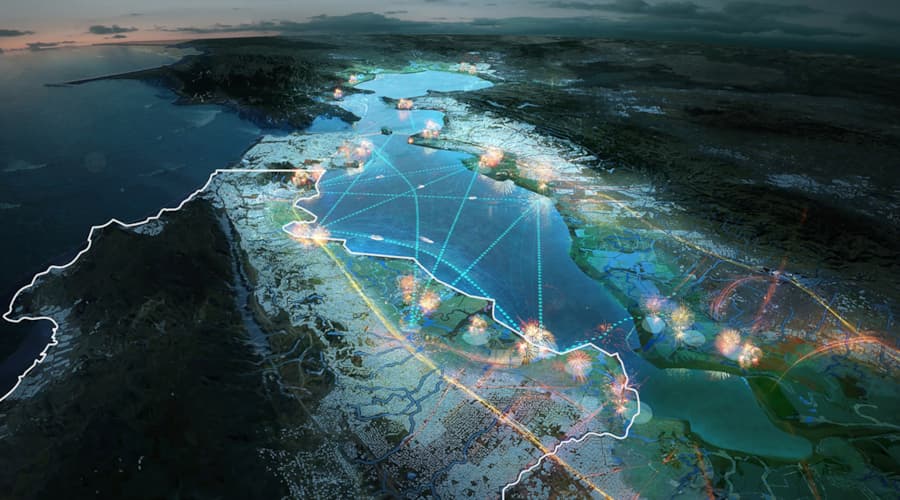
The Sun Flower Islands
The design for “The Sun Flower Islands” – so named because of the islands’ flower-like shape when viewed from above and the ubiquitous use of solar energy throughout the masterplan – was a response to Malaysia’s proposal to create three new artificial islands on land which will be reclaimed to the south of Penang Island. Combining sustainable design principles with the latest in smart city technology, MVRDV’s masterplan focuses on minimising the project’s ecological impact, while enabling the continued economic growth of Penang.
- Location
- Penang, Malaysia
- Status
- Competition
- Year
- 2020–2020
- Programmes
- Master plan
- Themes
- Mixed use, Sustainability, Urbanism
Penang Island, located in the north-west of Malaysia, is home to George Town, the country’s third-largest city. But George Town’s strength has created a conundrum: urban expansion is needed to continue the city’s economic growth, but the only options are to expand into the forested hills in the centre of the island, or into the sea. MVRDV appreciated this need, but also understood the potential ecological harm of the government’s plan to create new reclaimed land. In response, MVRDV’s masterplan pushed the boundaries of the client’s brief to apply the maximum possible number of ecological design principles.
MVRDV’s first move was to question the outline set out by the government, which called for three islands off Penang’s south shore, with narrow channels between them. These channels would be too few and too narrow for effective water movement, making a poor habitat for marine wildlife and requiring constant dredging. Instead, MVRDV proposed many smaller islands, carefully shaping and positioning them to allow better water circulation, diverse marine habitats, and better conditions for the existing fishing economy in south Penang. While these smaller islands create less land for development than the government’s outline, the islands are developed at a higher density to provide the required floor area. This has the added benefit of generating higher property prices, as more buildings would be in a waterside location.
The 23 islands all accommodate a mixture of functions to create pleasant walkable neighbourhoods, but the proportions of different functions are adjusted to give each island its own character. The middle islands form a central business district, for example, and the north-eastern islands are innovation islands, for more industrial functions. Many of the southern islands have a more residential character, creating seaside living islands, a marina island, and a fishing village island, while islands dedicated to parks, education, culture and tourism, and more are spread throughout. The positioning of these functions allows the project to be phased, with the islands closest to the mainland accommodating the functions that are crucial to financing the project and must be built first.
The islands are served by an extension of the George Town’s planned light rail line, winding a path across 20 of the 23 islands. A series of multi-modal bridges also connect the islands to Penang Island and to each other, but cars are excluded from the majority of streets, instead being restricted to loop roads that encircle each island. This makes the centre of each island more pleasant for walking and cycling; autonomous shuttle vehicles also circulate around these green pedestrian avenues to offer additional transit.
The buildings on The Sun Flower Islands are unified by a “solar pergola”, a timber structure that supports photovoltaic panels to give the appearance of a continuous undulating surface across the islands. This structure is inspired by local Malaysian architecture, and is raised above the roofs of the building to allow for shaded and well-ventilated rooftop spaces; at the buildings’ edges, it overhangs to protect the streets below from tropical storms and direct sunlight. Beneath this solar pergola, the buildings adopt various shapes and heights, but always incorporate openings and access points to improve ventilation and deep facades to add solar shading, minimising the need to use air conditioning on the islands.
The Sun Flower Islands incorporate a wide variety of smart city technologies and principles, from the autonomous shuttles that complement the transport system, to intelligent road networks that respond to traffic conditions to improve the flow of pedestrians and cyclists, to smart management systems within the buildings. MVRDV worked carefully with their existing sustainability toolkit based on the UN’s Sustainable Development Goals to find synergies between the two frameworks, with the goal of islands becoming a testing bed for technologies that could later be exported to the rest of Penang. The islands have a holistic strategy for dealing with water, with rainwater collection providing water for plant irrigation, and greywater treatment in urban wetlands and mangrove forests. The islands are also entirely powered by renewable energy – with 80% generated from solar energy by the solar pergola, and 20% coming from tidal energy generated in the channels between the islands.
Gallery




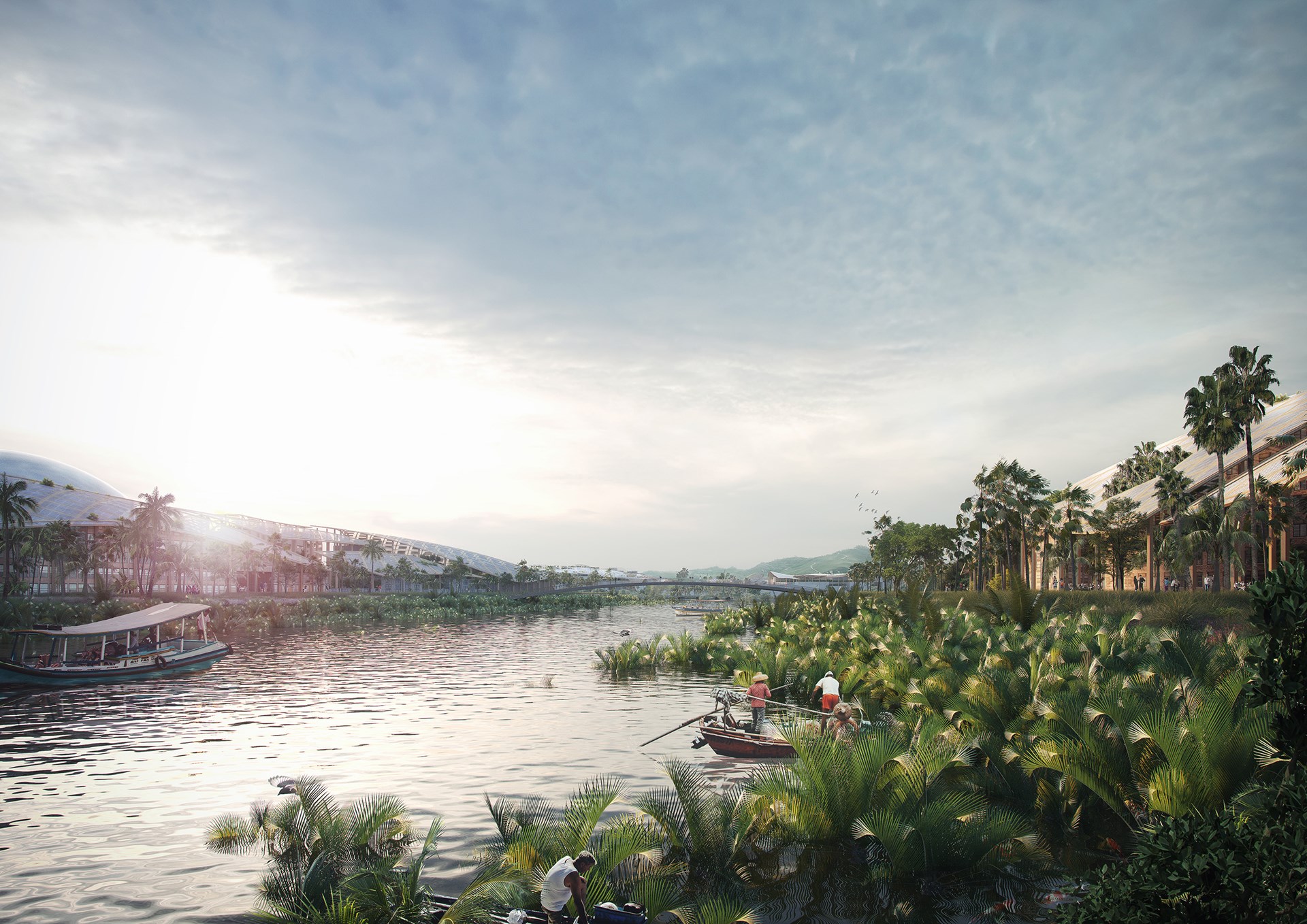





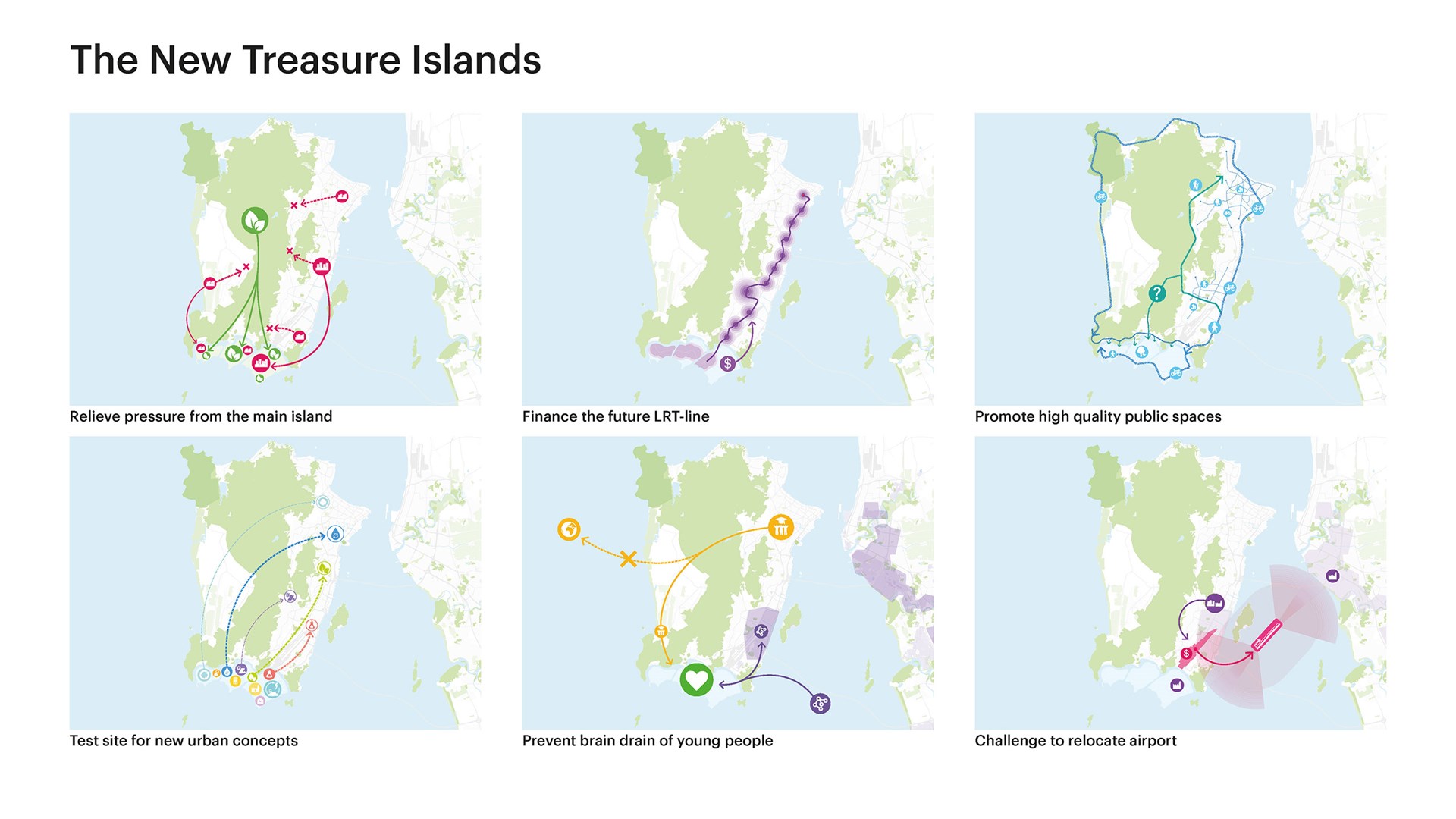
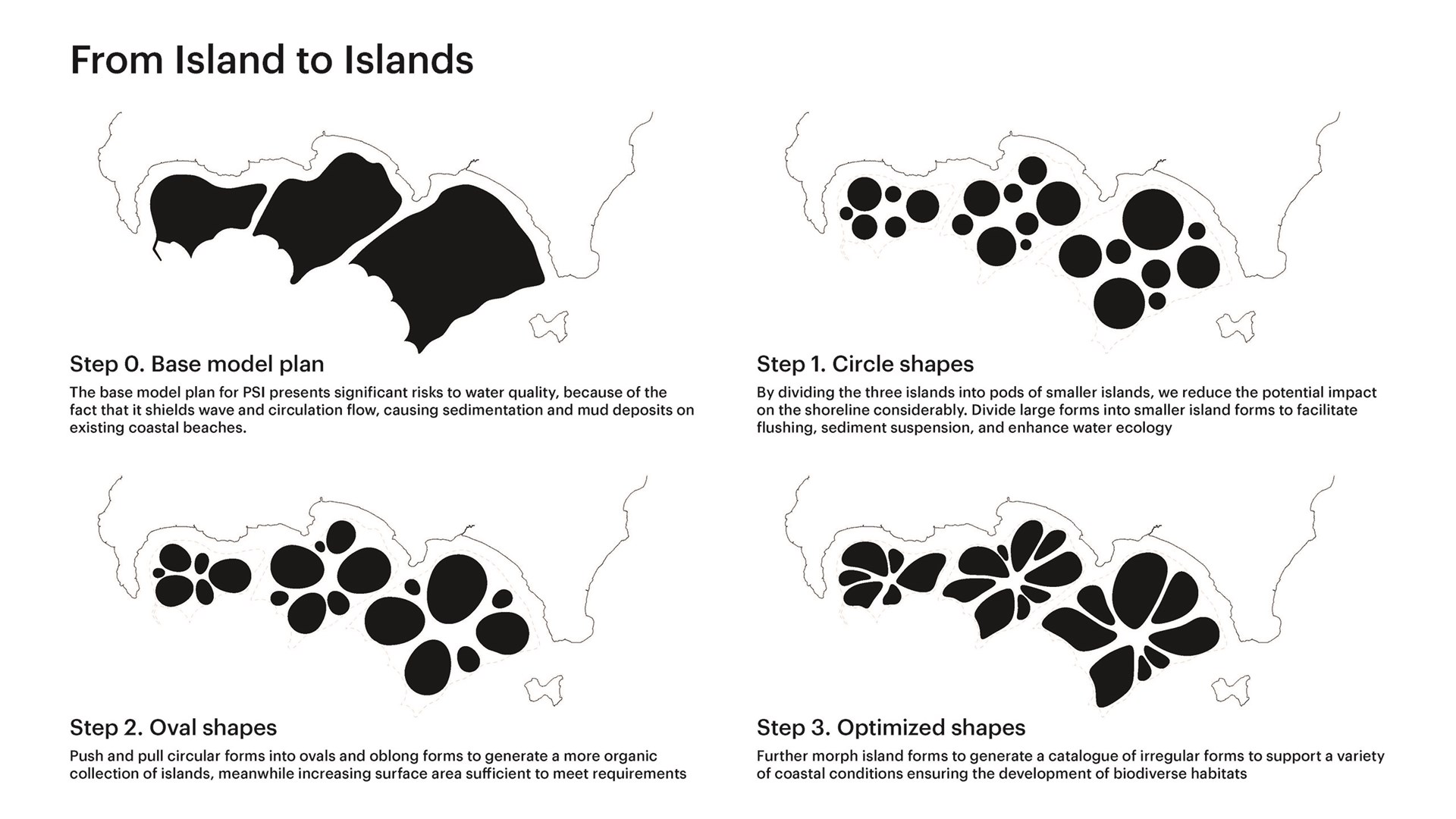
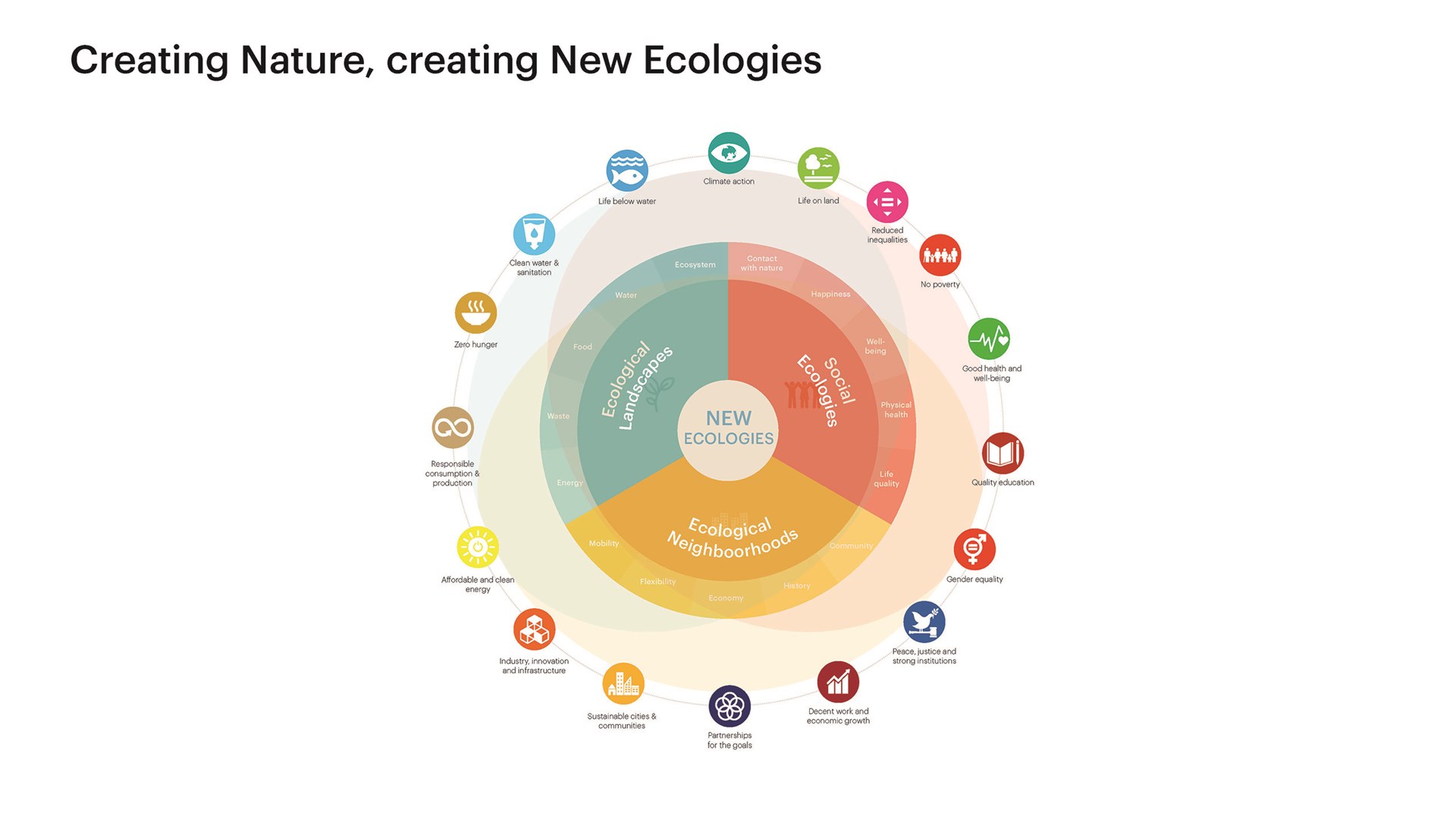
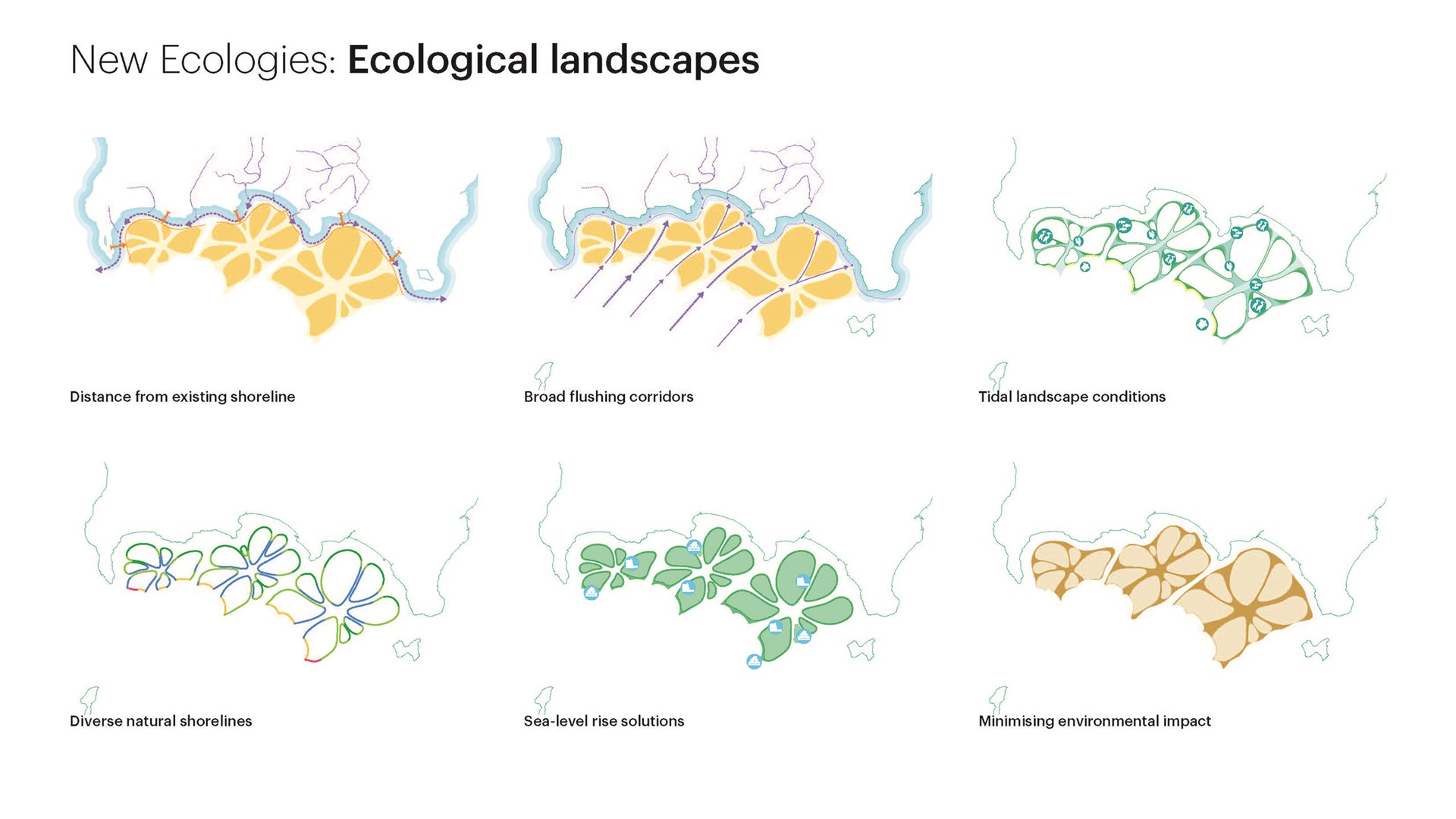

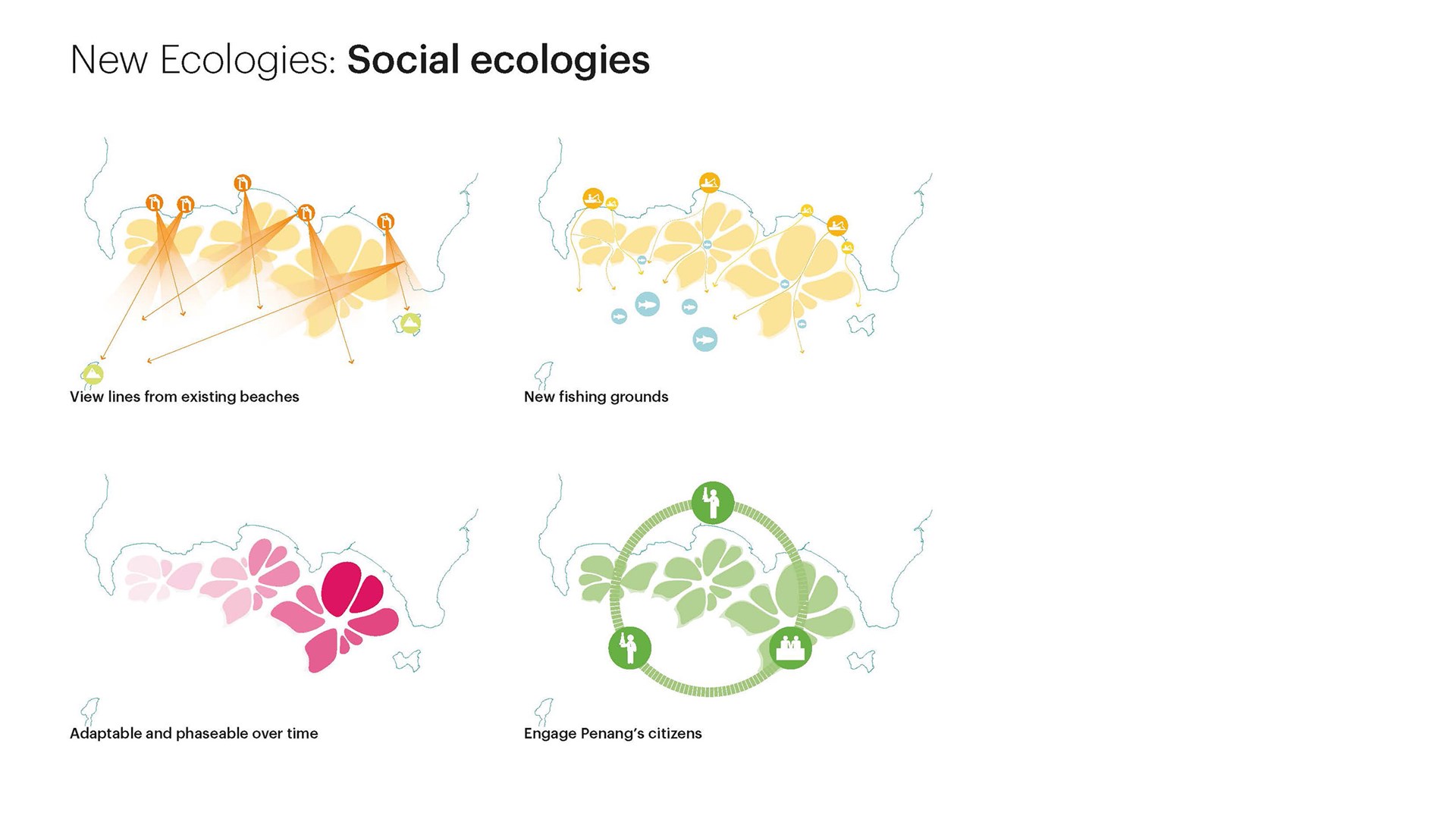
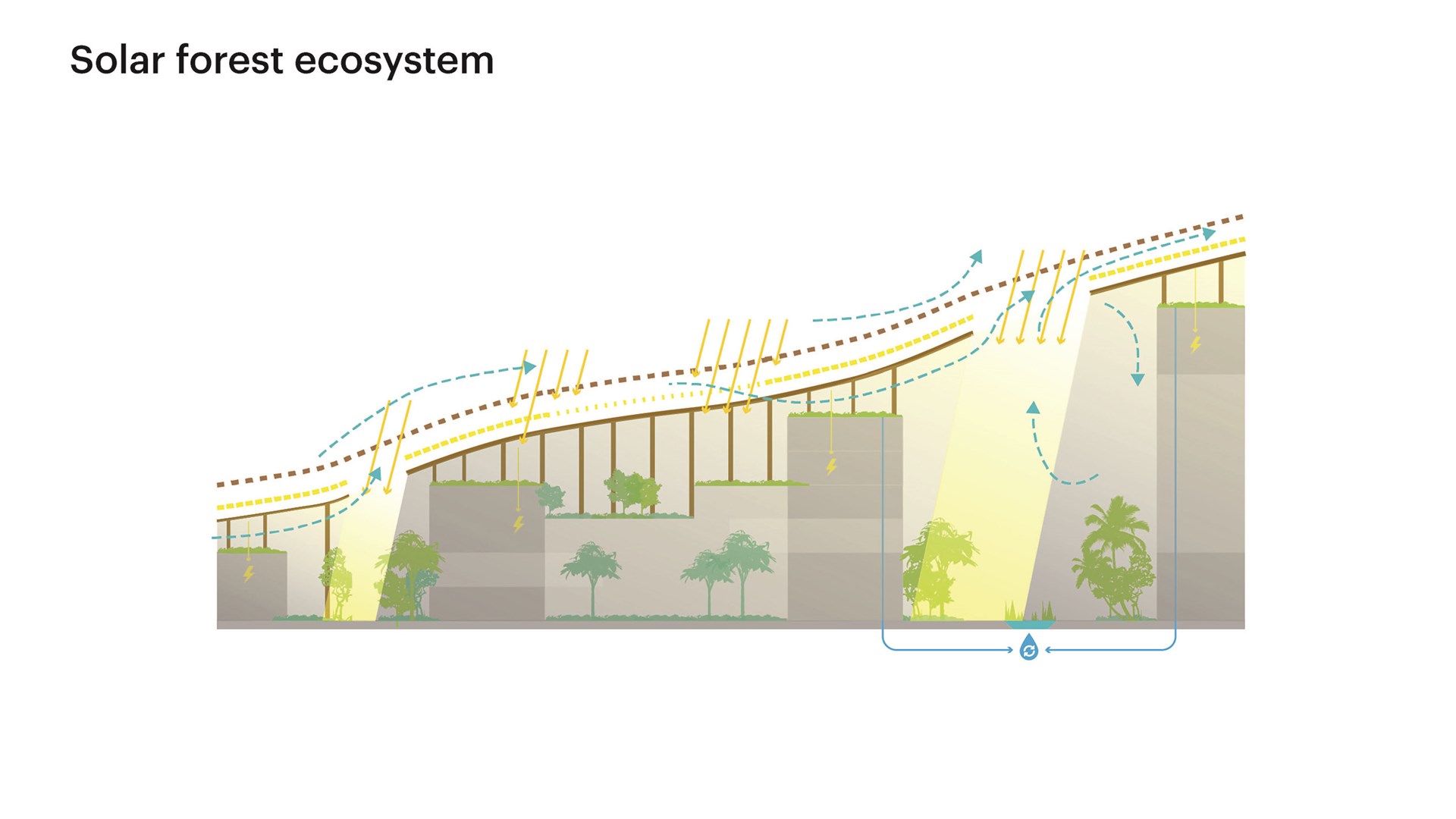
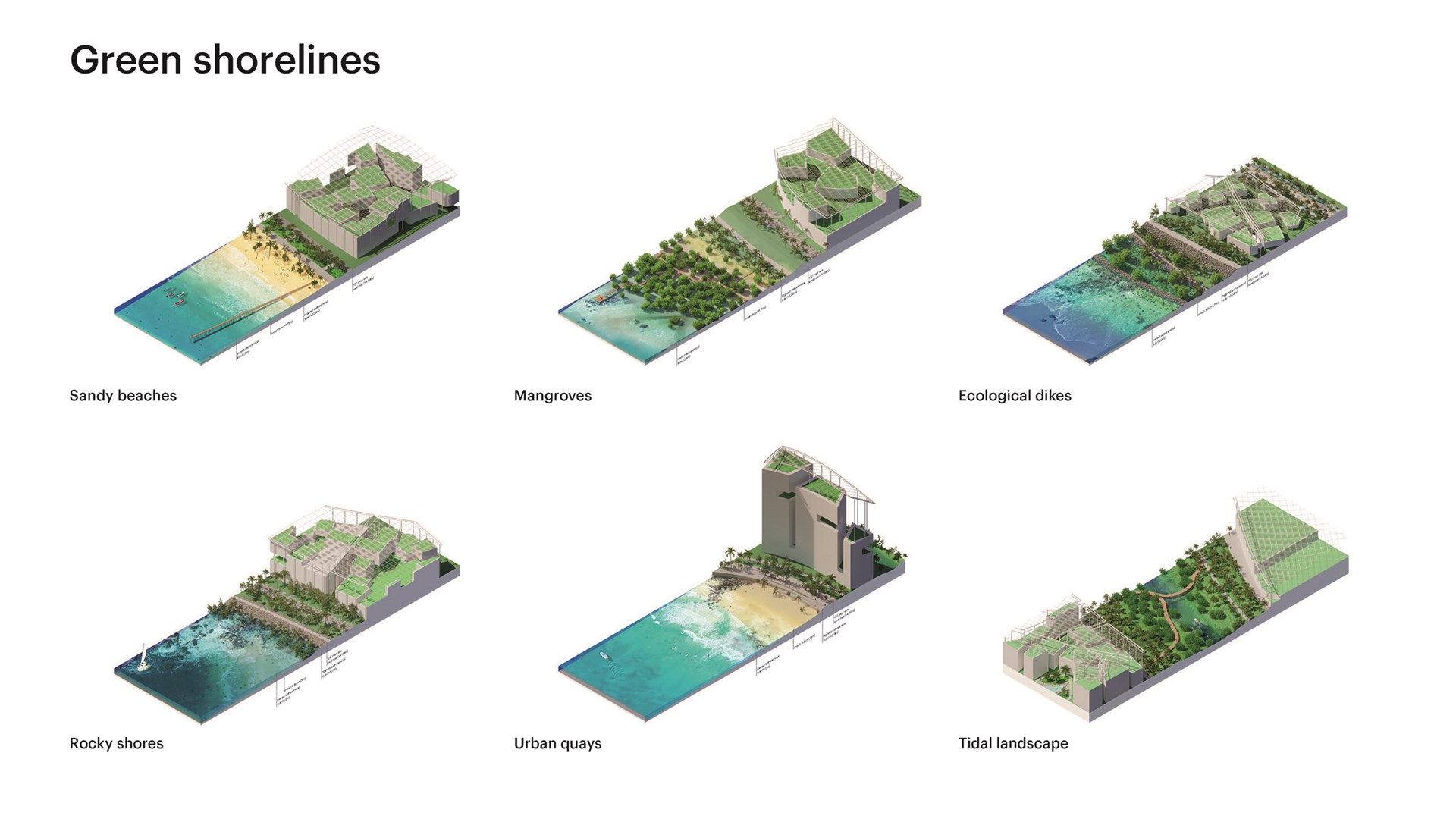

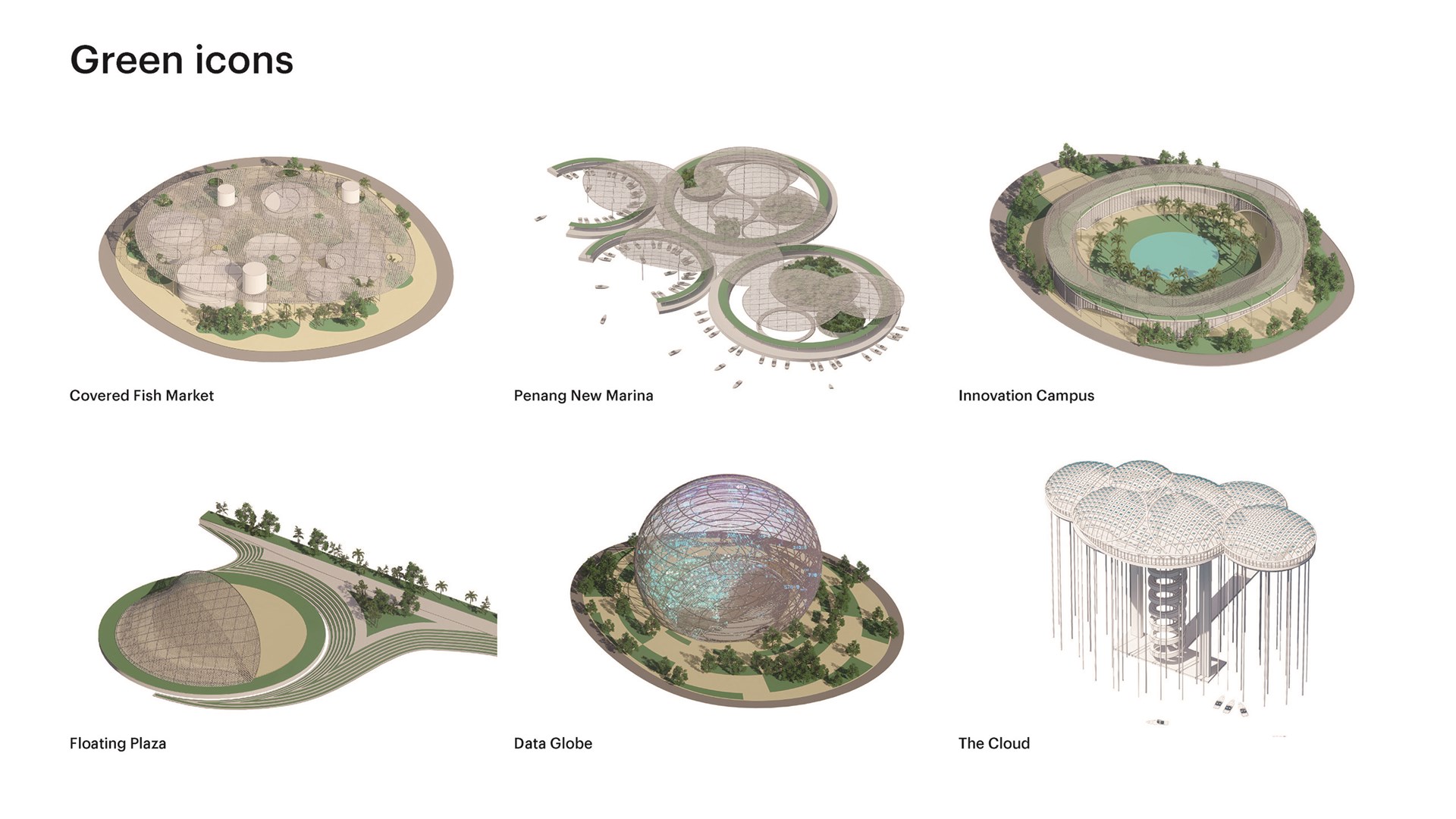
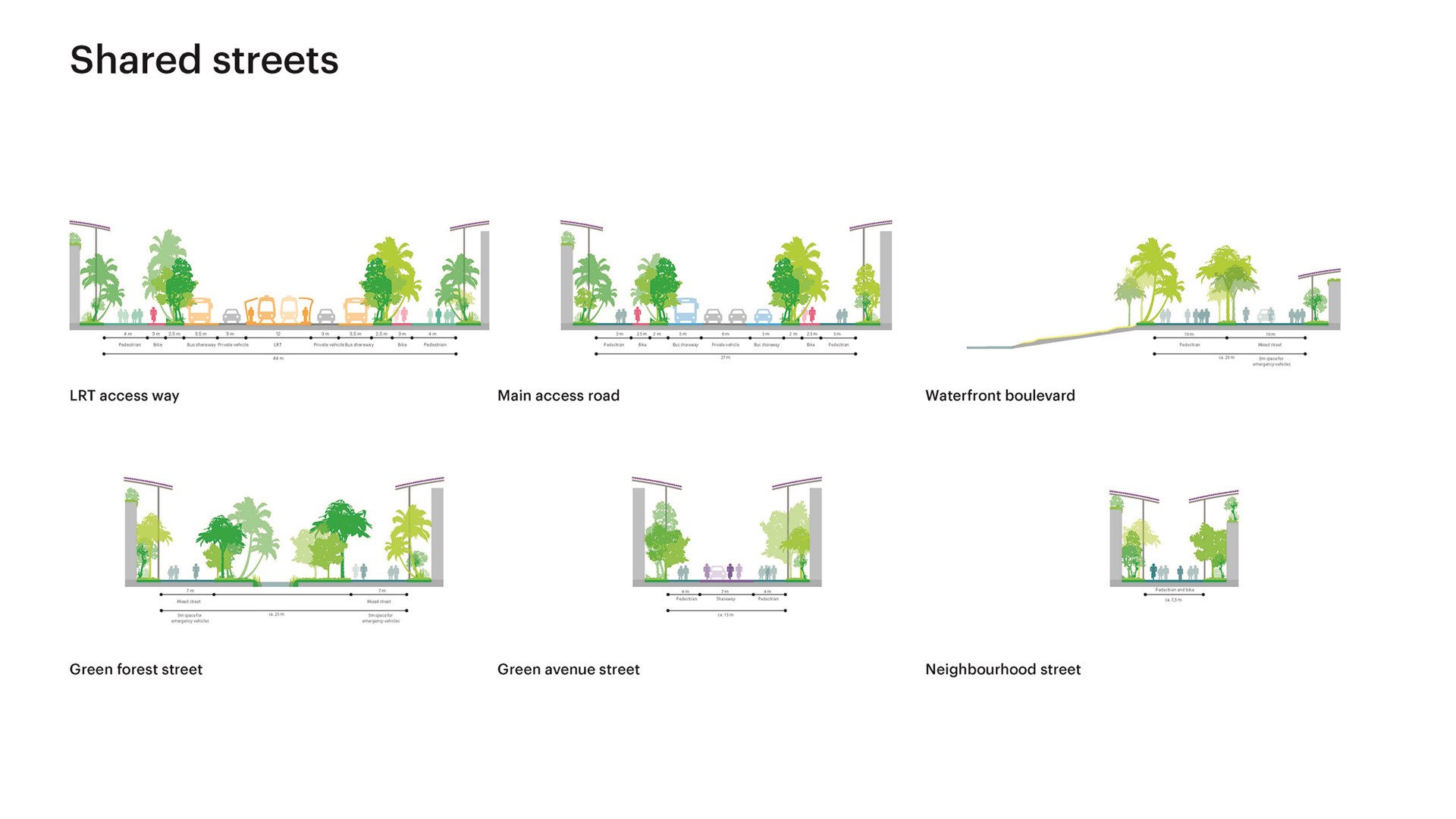

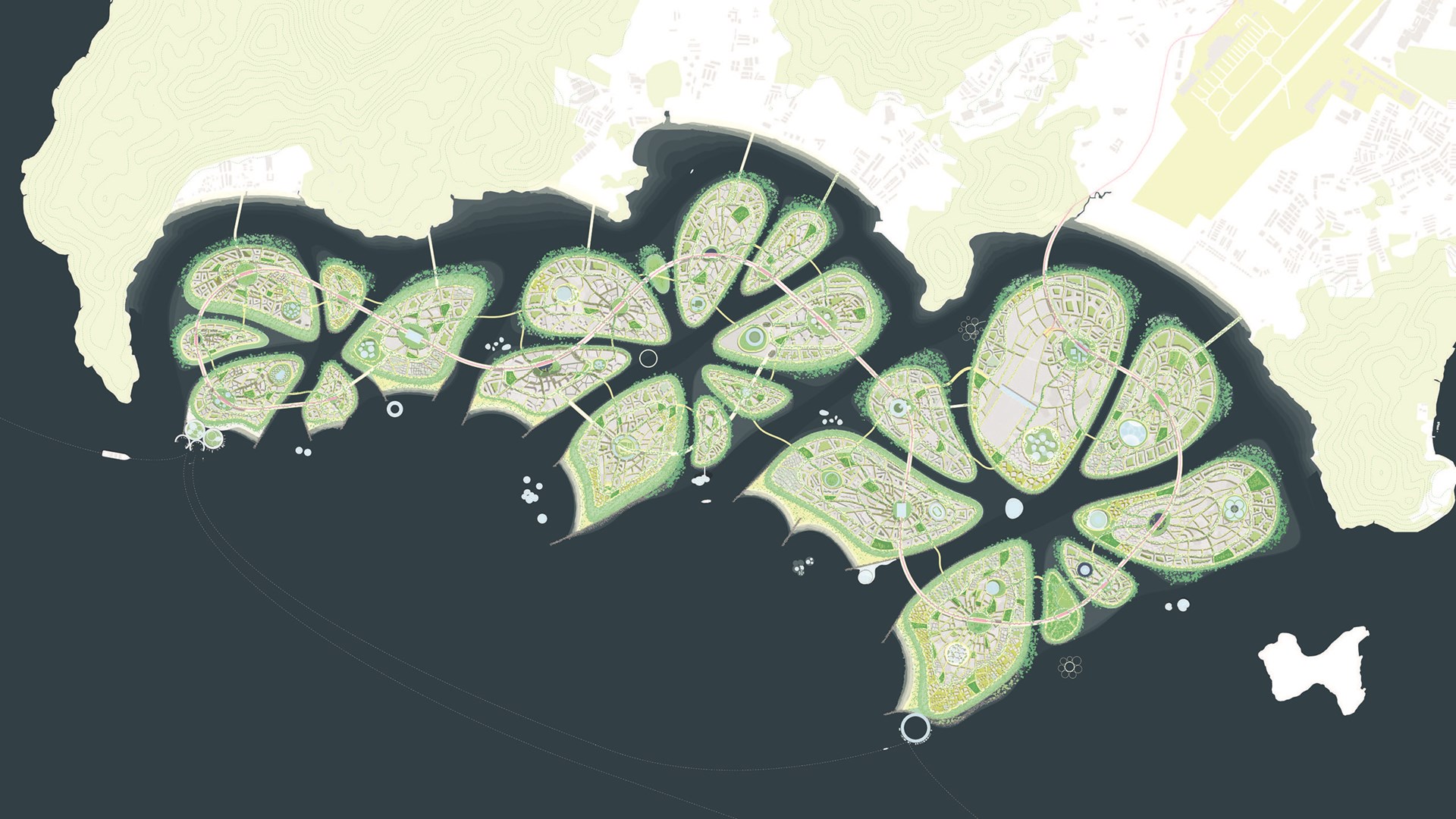


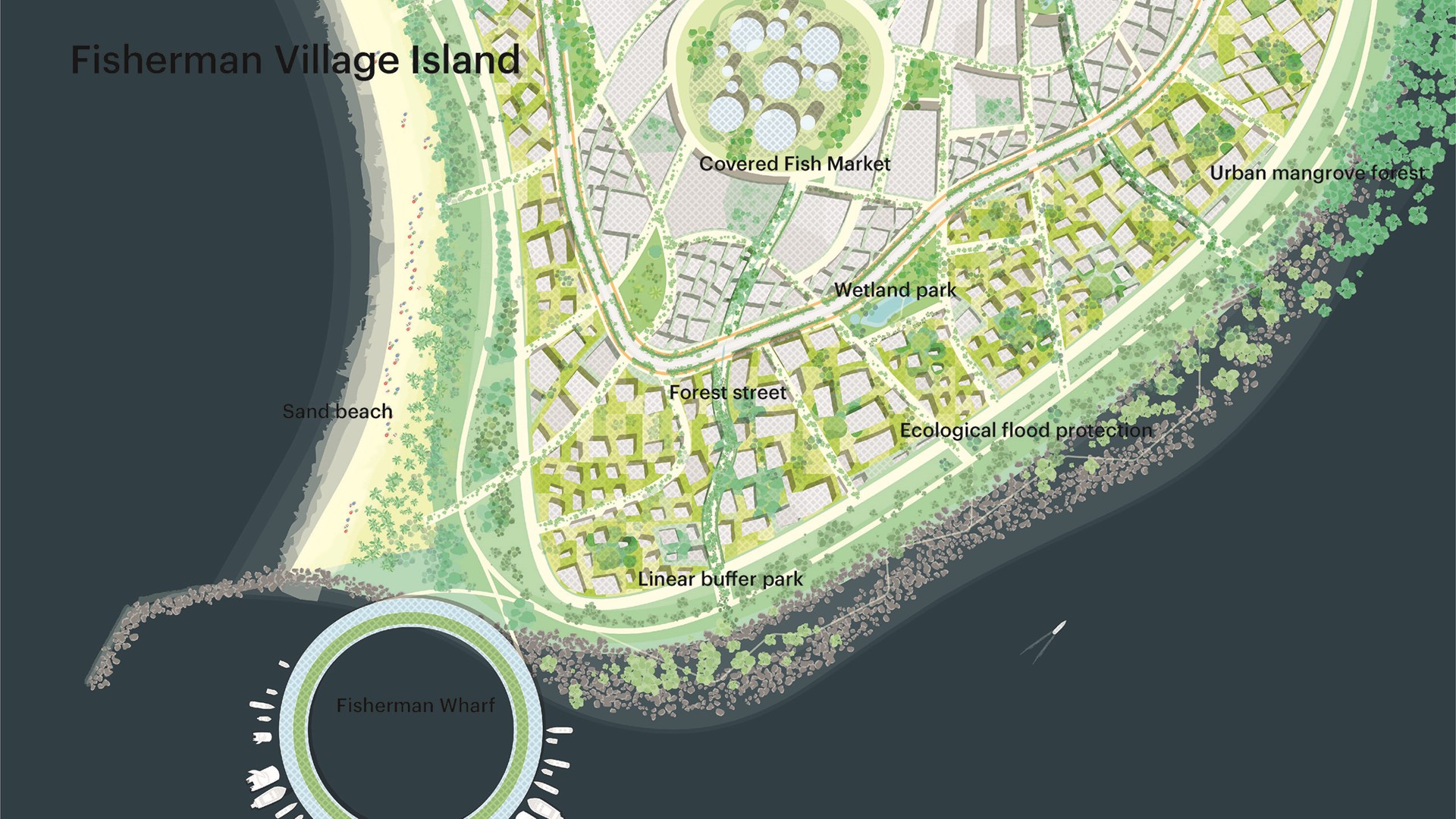
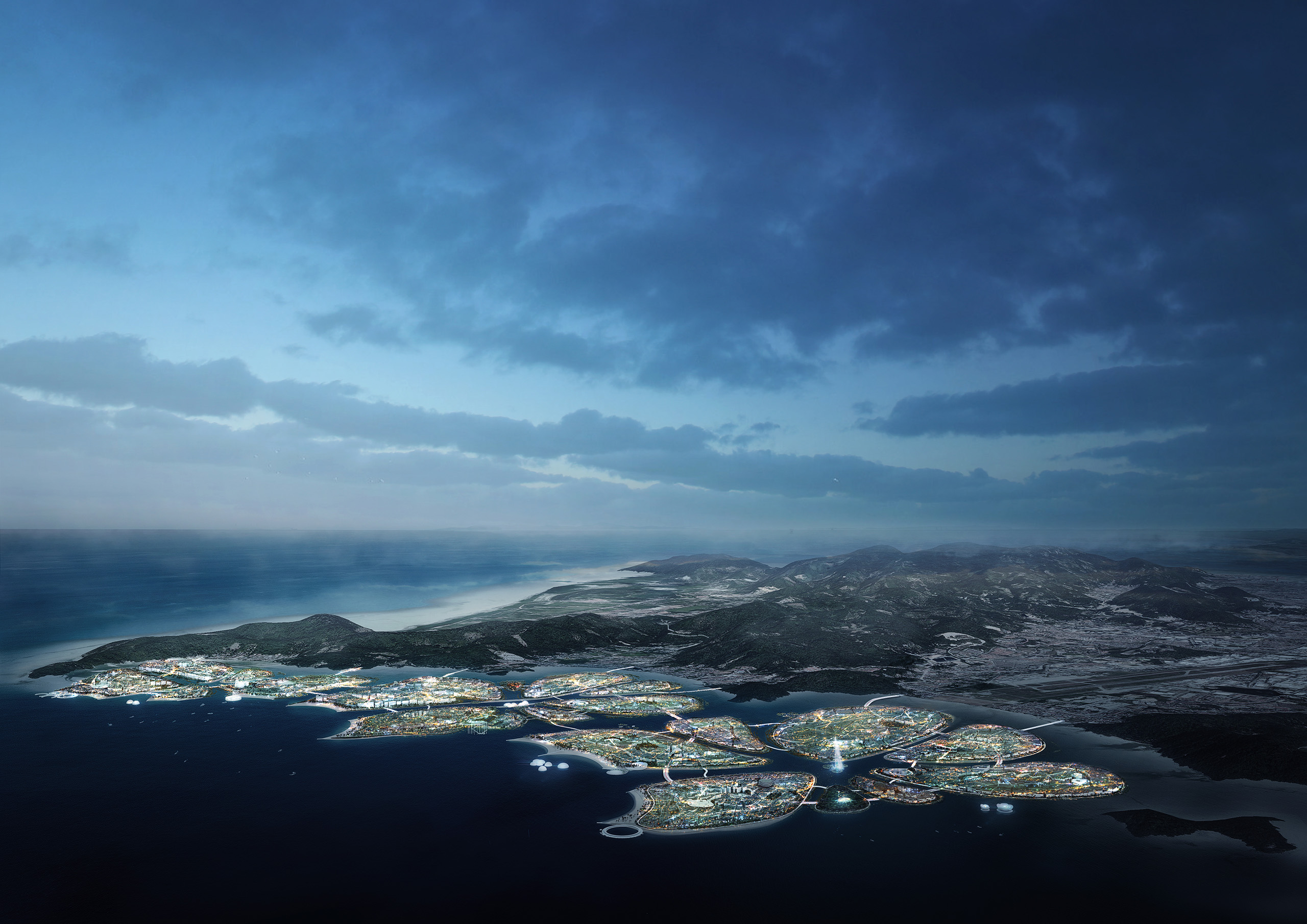
Credits
- Architect
- Founding Partner in Charge
- Director
- Partner
- Design Team
- Visualisation
- Animation
- Strategy and Development
- Project coordination
- Partners
.jpg?width=900&height=500&quality=75&mode=crop&scale=both)
